Flashback Friday - The Hidden Nurse of Monticello
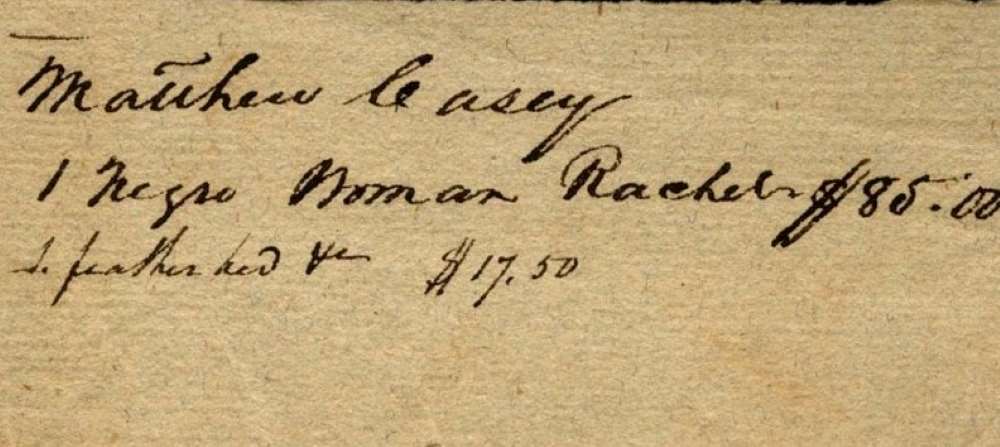
Second-year nursing student Faith Bush (BSN ’25) originally wrote this essay as an assignment for the Research, Ethics, Advocacy, and Leadership course. The assignment was to investigate and examine an aspect of nursing’s history, with a focus on who is missing from the dominant historical narrative and why.
What led you to write about Rachael, an enslaved midwife at Monticello?
I knew that I wanted to write about someone who had been almost completely erased from nursing history. I found Rachael’s story randomly through a brief mention on Monticello’s website about Edith Hern Fossett, a chef enslaved there around the same time. The website included an excerpt from Thomas Jefferson’s Memorandum Papers, and I felt quite drawn to the fact that Rachael’s name and profession were even written down. The idea that Jefferson had not only identified her but paid her for her services seemed significant, and I knew I wanted to learn more.
In your essay, you write about the ways in which enslaved midwives like Rachael have been erased from the historical record. Given this erasure, how did you go about finding information about Rachael? In other words, what was your research process?
One of my biggest barriers was that Rachael’s first name was the sole piece of information I had about her. The only real records of her existence are related to payment transactions, so the pieces of her story that were recorded relied on her being paid for her services (which was rare for the time) and the publication of those documents. The National Archives has transcripts of Jefferson’s Memorandum Papers, which contain decades’ worth of transactions and notes he jotted down throughout his life. Those were a great help in showing me not only the births that Rachael accompanied but where she could travel as an enslaved woman during this time. I also utilized the Albert and Shirley Small Special Collections Library here at UVA to find genealogy charts of the enslaved families at Monticello. It felt like a scavenger hunt at times, but finding a new piece of information on Rachael was always so gratifying. Her story made the entire process feel so purposeful, and I feel like I found out a lot about what nursing means to me.
Enslaved laborers in the 19th-century American South were meant to serve until they were buried and forgotten, even though the buildings brought to life by their hands remain today. This familiar narrative still leaves its trace across the grounds of the University of Virginia, Monticello, and Charlottesville. Nursing and midwifery, however, offered a unique opportunity for the names of life-saving women of color to be sketched with pen and ink.
Rachael, a nurse and midwife enslaved by Thomas Jefferson, was one of the few whose name still lingers throughout the [former] president’s writings. Rachael played a unique role in her community as evidenced by her salary, independence, and purpose; however, her name would be missing from the history of nursing and midwifery for more than a century due to the intentional erasure of enslaved people from the historical record from the 19th century to the present day.
Beginning in the early 17th century, as Europeans began to colonize Native American lands, they also brought enslaved Africans to America. Enslaved Africans carried with them the rich healing traditions embedded in their culture. This included an understanding of health as being dependent on maintaining harmonious relationships with family, community, ancestors, and spirits. Enslaved healers, including nurses and midwives, integrated Indigenous, European, and African medicinal practices that allowed for many advancements in the practice of nursing and healing. Black nurses and midwives frequently used herbal treatments, but the names were recorded in Latin (a language predominantly known only by Europeans), making them inaccessible to many enslaved healers. Midwives were generally older women and acted as important pillars of the community. They were entrusted with the care of pregnant women as well as the younger generations, which made them especially important to slave owners. Enslaved people at this time were seen as material objects, and anyone who played a role in expanding an owner’s workforce was seen as especially valuable. Due to the important role of midwives, midwifery became one of the very few routes to payment and increased independence for enslaved women at this time. After all, maternal mortality and miscarriage rates did not discriminate. The knowledge and wisdom of midwives, including those who were enslaved, were welcomed through doors that were often locked for other laborers.
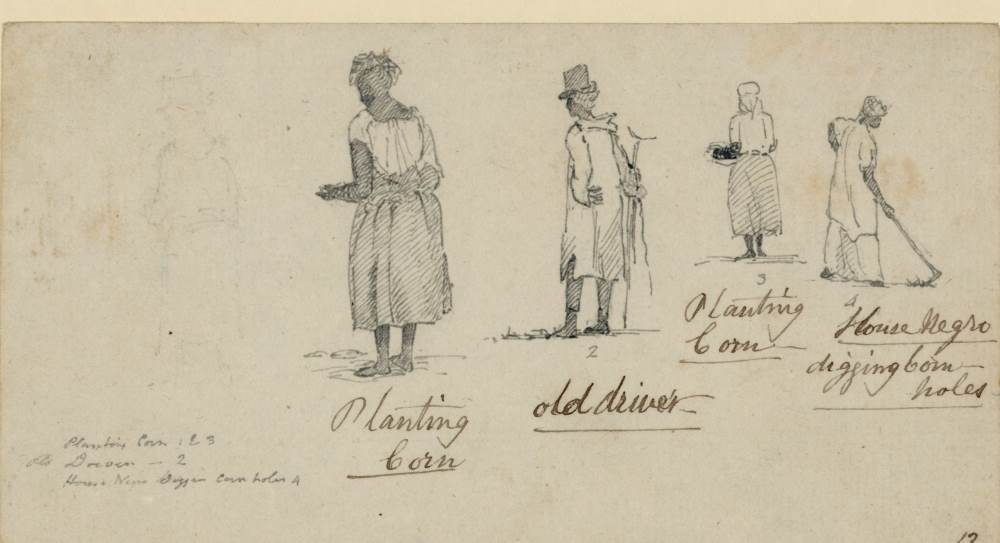
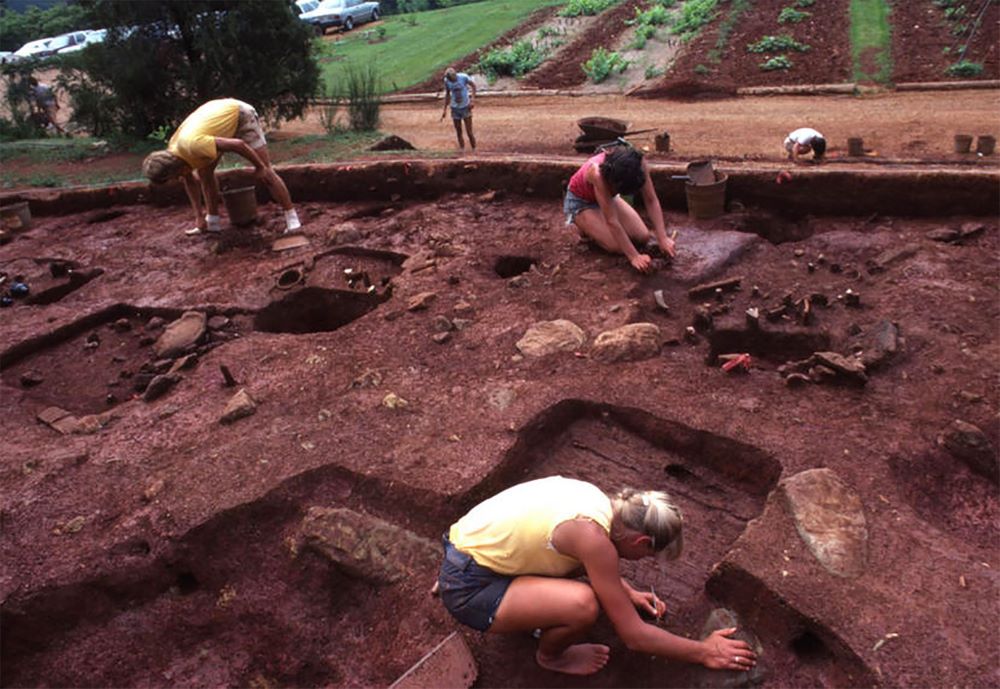
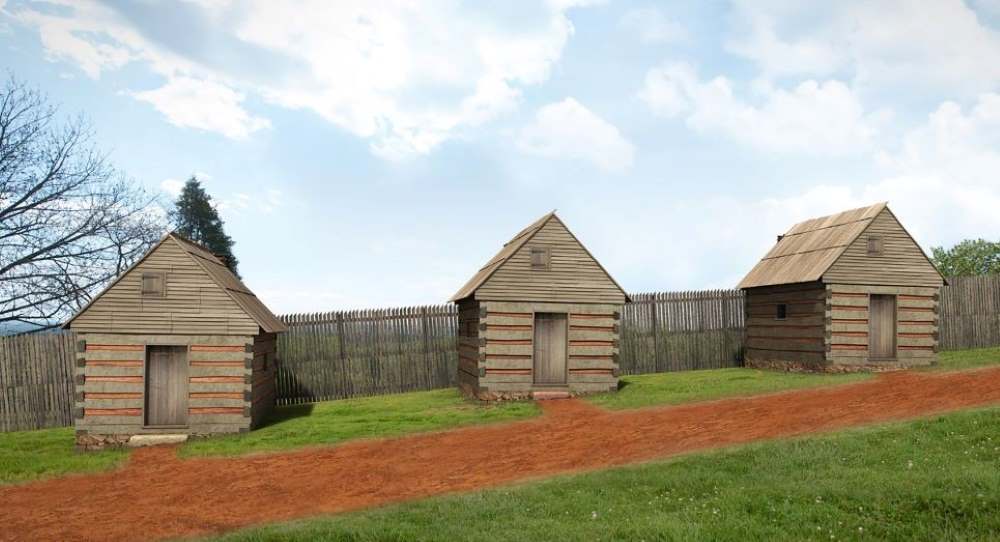
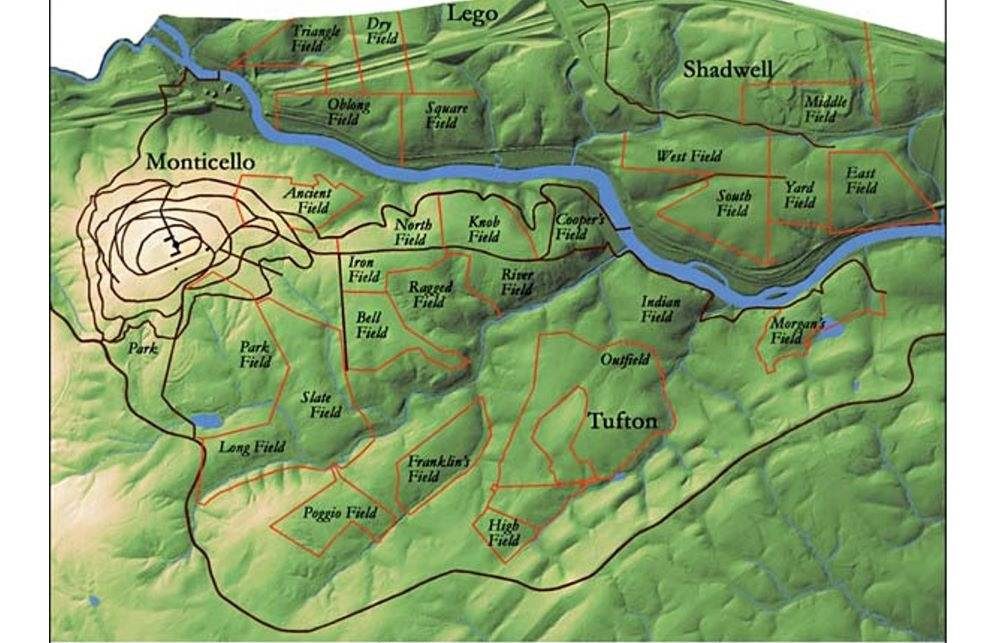

Thomas Jefferson, the author of the Declaration of Independence and owner of more than 600 enslaved people, led a very paradoxical life. Though Jefferson was not known as a particularly violent slave owner for his time, he reaped many benefits from the free labor and relationships brought to him by slavery. His slaves were rarely paid and were dehumanized beginning at birth, with hard labor forced upon young teenagers.
Rachael, an enslaved nurse-midwife at Monticello, was first mentioned in Thomas Jefferson’s Memorandum Books in 1813. Jefferson kept an in-depth account of his expenditures and correspondences in these books for decades; however, enslaved people are not frequently mentioned in these records. On March 29, 1813, Jefferson wrote, “Pd. the midwife (Rachael) 6.D. for attending Edy, Moses’s Mary and Esther.” Overall, “midwife (Rachael)” is mentioned at least nine times in various Memorandum Books from 1813-1824. There are mentions of payments to an unnamed midwife in previous records, which are also possible payments made to Rachael. An interesting aspect of many of these payment records is the places and people they introduce into Rachael’s narrative.
Edith “Edy” Fossett, as mentioned in the above payment record, was an enslaved cook owned by Thomas Jefferson. At the time of this payment, Fossett was a deeply valued chef, although paid only in gratuities, not wages. Fossett’s cooking received much praise throughout her years of service, and her husband Joseph was eventually freed in Thomas Jefferson’s will. Joseph and his brother-in-law later bought independence for their entire family, stating, “I, Joseph Fossett of the County of Albemarle and state of Virginia, have manumitted, emancipated and set free [. . .] Eady, Elizabeth Ann, William, Daniel, Lucy and Jesse and her grandchildren James, Joseph,” (Albemarle County Deed Book, 1837).
This was a family that Thomas Jefferson would offer French culinary education and would one day be freed in his will. Rachael accompanied the births of at least five of Fossett’s ten children, which serves as an incredible indicator of her association with Thomas Jefferson and his most trusted laborers.
Rachael is also recorded as having acted as a midwife for Rachael Bedford, daughter of Cate and James Hubbard. Bedford and her family had recently moved from Poplar Forest to Lego, two of Thomas Jefferson’s nearby quarter farms. Rachael (the midwife), who lived at Tufton, would have completed a two-mile trek to accompany births at alternate properties. This independence in travel would have been rare for an enslaved woman in this era and speaks to the special path marched by Black midwives during this time.
Thomas Jefferson’s death passed thousands of dollars of debt onto his family, which resulted in the sale of many of his lands and enslaved laborers. After treating tens of births on Thomas Jefferson’s properties, Rachael would be appraised at a value of $50 in 1827. There is a strange dichotomy between admiring the unparalleled worth of an elderly Black woman during this time and seeing a price tag being placed next to a person’s name. She would be sold to Matthew Casey that same year for $85. The bill lists a misspelled version of her name and a feather bed valued at $17.50. It is plausible to assume that she was separated from her family during this sale due to the lack of other names listed in this bill. A woman who devoted her life to motherhood, nurturing, healing, and care would be separated from everyone and everything she had known for 50 years.
Little is known about Rachael’s death, despite her incredible career in health care as an older enslaved woman in the South. Thomas Jefferson’s death sadly meant a clear end to Rachael’s recorded existence. If Matthew Casey paid her for her services, there is no trace of it. The knowledge of her existence comes as a direct result of the perfect combination between Jefferson’s thorough record-keeping and intense notoriety. It wasn’t common for slaveholders to document the labors of specific slaves during this era, and Rachael’s story prompts the consideration of those whose stories have been lost in time. Without the atypical archive of seemingly insignificant notes from Jefferson’s exchanges, we would not even have Rachael’s first name. Many first names stopped being whispered once their descendants lost them.
After tending to many births on Thomas Jefferson’s properties, Rachael would be appraised at $50 in 1827.
The Jefferson Papers were published thanks to the work of Julian P. Boyd, the New York Times Co., and Princeton University Press. More than a century after his death, they provided not only a new outlook on American history but also the names of enslaved laborers owned by Jefferson — names that had been previously lost to their descendants. It speaks to the importance of access to historical documents, as digitization opens up an entire world of research. It also pertains more specifically to nursing as a profession in that we can study the cultural significance of the care enslaved midwives provided and apply these lessons of natural healing to healthcare in the present.
During an age in which we experience the impacts of polypharmacy and commercialized healthcare, holistic medicine becomes more and more relevant. Rachael's care for other members of her community as an enslaved Black woman also prompts the consideration of current Black maternal mortality rates in Virginia. According to the 2021 Maternal Health Annual Report, "The maternal mortality rate of Black women (47.2) is over two times higher than that for white women (18.1)." Until the 20th century, most births within the Black community were overseen by Black midwives. The purposeful introduction of strict regulations regarding maternal care in the early 1900s worked to discredit the qualifications of the midwives who attended the births of people of color. Legislation like the Sheppard-Towner Act (1921) has continued to impact maternal care in the United States through the belittlement of Black healing. Rachael's story reminds us of the importance of ensuring that healthcare workers reflect the people they serve.
Thousands of descendants of the enslaved laborers who resided at Monticello still live today, many of them in Charlottesville and neighboring cities. Rachael's story can be slowly brought to light due to her unique role within an otherwise hidden community of enslaved laborers at Monticello. She played a large role in many births throughout her career, yet we are still only left with her first name. Rachael is one of the few hidden nurses who was not completely erased by history, but many pillars of enslaved communities were forgotten by time, negligence, and intentional erasure. Uncovering stories like hers helps to remind us of the role of nurses as healers and advocates and leads us to the memories of those whose names we have not yet found.
###
Additional sources cited
Albemarle County Deed Book, 35, 219, 220.
Butterfield, L. H. (1949). "The Papers of Thomas Jefferson: Progress and Procedures in the Enterprise at Princeton." The American Archivist, 12(2), 131–145.
Pierson, H. W., Bacon, E. (1862). Jefferson at Monticello: The private life of Thomas Jefferson.
Reed, B. B. (2007). Encyclopedic Index P-R. The slave families of Thomas Jefferson: A pictorial study book with an interpretation of his farm book in Genealogy Charts.
Scherr, A. (2019). "'An Honest, Intelligent Man': Thomas Jefferson, the Free Black Patrick Henry, and the Founder’s Racial Views in His Last Years." Virginia Magazine of History & Biography, 127(4), 300–339.
The Papers of Thomas Jefferson, Second Series, Jefferson’s Memorandum Books, vol. 2, ed. James A Bear, Jr. and Lucia C. Stanton, 1997.
